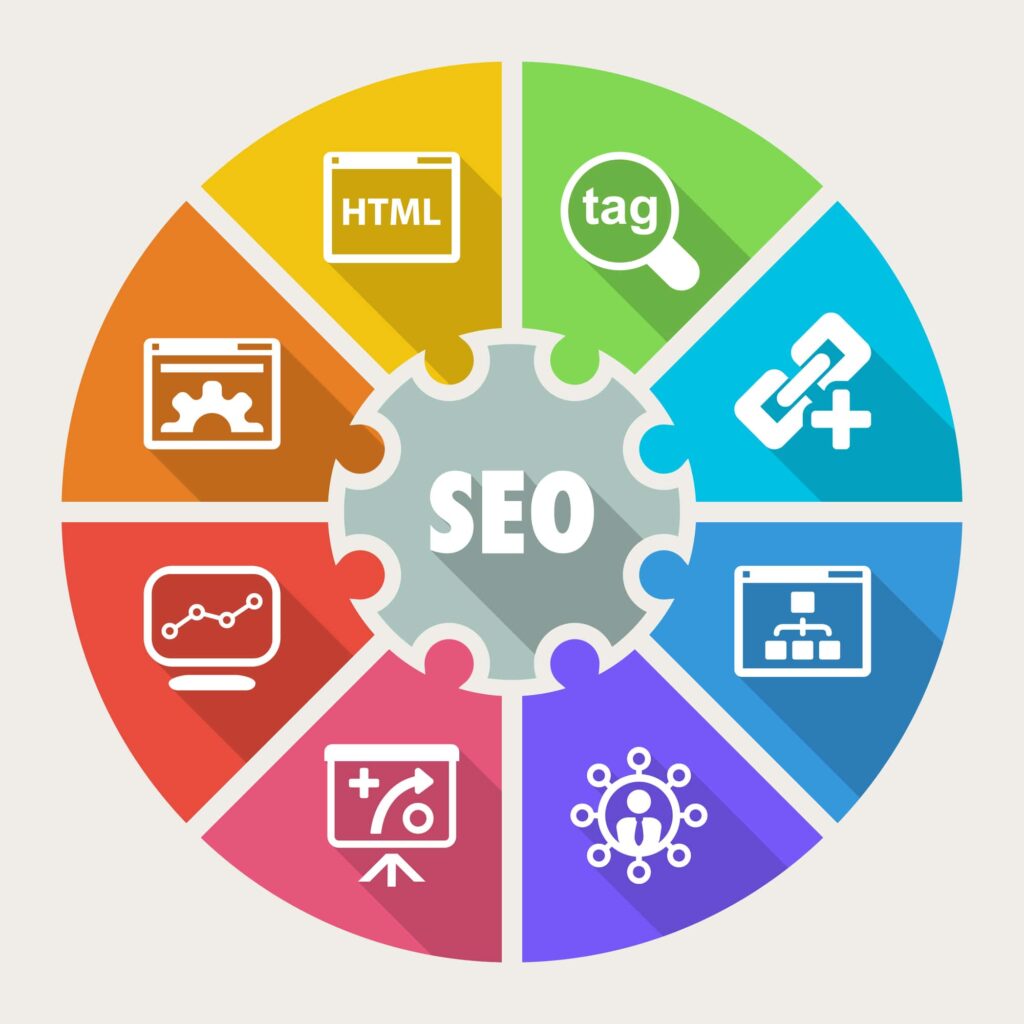On-page SEO best practices for Title Tags, Meta Descriptions, Header Tags, and User Experience focus on optimizing these elements to improve search engine rankings and enhance usability for visitors.
Title Tags
- Include primary keywords near the beginning of the title to help search engines understand the page content and improve relevance.
- Keep titles concise and under 60 characters to ensure full display in search results.
- Use unique titles for every page to avoid duplication and improve indexing.
- Incorporate branding and use separators like pipes (|) to make titles clear and scannable.
- Titles should reflect search intent and be compelling to encourage clicks, often phrased as statements highlighting user benefits.
Meta Descriptions
- Write unique meta descriptions for each page that accurately summarize the page content and entice users to click.
- Keep descriptions concise (around 155 characters) but informative, including relevant details like author, date, price, or other specifics when applicable.
- Meta descriptions act as a pitch to users in search results, so they should be engaging and clearly communicate the page’s value.
- Although Google may rewrite snippets, well-crafted meta descriptions increase the chance of being used and improve click-through rates.
Header Tags (H1, H2, H3, etc.)
- Use one H1 tag per page that includes the main keyword and summarizes the page’s primary topic; it should be prominent and at the top of the content.
- Use H2 and H3 tags to break content into logical sections, incorporating related keywords to improve content structure and readability.
- Proper header hierarchy helps both users and search engines navigate and understand the page, enhancing user experience and SEO.
- Descriptive and keyword-rich headings improve content skimmability and engagement, indirectly boosting rankings.
User Experience (UX)
- Ensure the page is easy to read and navigate with clear headings and concise content.
- Use scannable formats like lists and numbered items to improve readability and user engagement.
- Optimize URLs to be user-friendly and keyword-relevant, giving visitors a clear idea of the page content before clicking.
- A positive UX, including fast loading times and mobile-friendliness, supports SEO by reducing bounce rates and increasing time on site (though not detailed in the search results, this is a well-established SEO principle).
Together, these elements form a cohesive on-page SEO strategy that improves search engine visibility and delivers a better experience for users, increasing the likelihood of higher rankings and more organic traffic.





